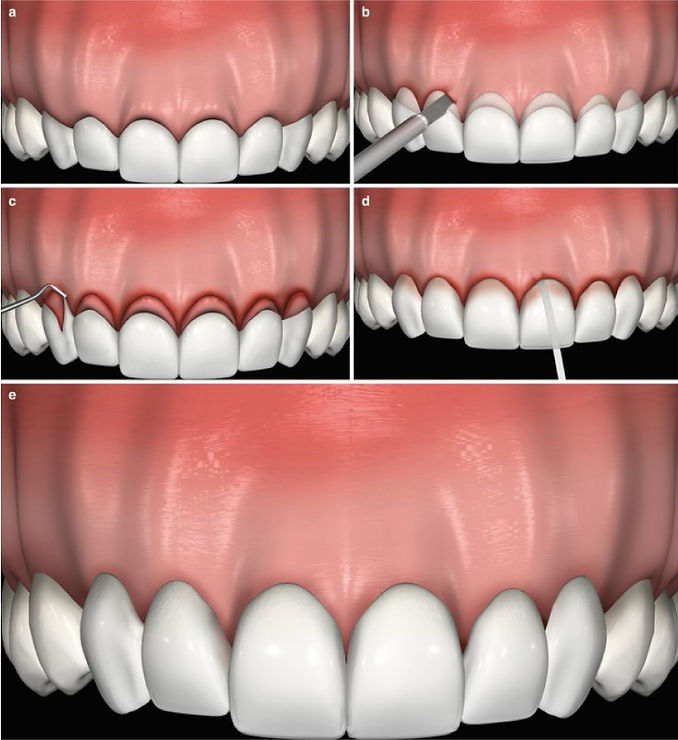Crown Lengthening
Huntington, New York
At Ramos Periodontics, we offer a range of periodontal surgery procedures, including crown lengthening, to improve the health and appearance of your smile. We are committed to using the latest technology and techniques to ensure you have the best possible care and patient experience. Contact our Huntington practice today to get your smile back on track!
Crown lengthening is performed by your periodontist under a local anesthetic, or also under Sedation if the patient’s desires. The chosen area of the gums is reduced and contoured through the elimination of small quantities of tissue. The aim is to lengthen the suitable teeth and create optimal symmetry at the gum line.
The length of the procedure will be contingent on the quantity of teeth that are compromised, the difficulty of the damage or decay, and if both soft tissue and bone need to be detached. During the routine dental examination, our specialists will examine the teeth for any signs of decay or damage. The periodontist will make incisions that will allow the gingiva to be moved away from the tooth’s surface, exposing the root and the bone. In some special scenarios, it may be necessary to remove some of the bone to make room for the New Crown Restoration. The gum tissue will be gradually unbound from both tooth and bone, exposing the bone that supports the tooth. The bone surrounding the tooth will be resected and shaped and the gums repositioned and sutured.
Patients can return to their normal routines in a few days and complete healing may take one to two weeks. Our specialists will advise patients on the post surgical regimen, tailored to their particular situation. Patients will return for the several post-surgical visits, included in the total treatment plan.

When to perform a Crown Lengthening?
Crown lengthening is performed for several dental conditions that require this procedure. Common conditions include short teeth, severe tooth decay that is below the gumline, and a tooth that is fractured or broken below the gumline. It is also performed for a certain condition called Alter Passive Eruption. This condition is when teeth stop from erupting normally and they get trap into a lot of bone structure, giving the tooth a short appearance and a gummy smile.
Crown Lengthening Near Me in Huntington, NY
If you require crown lengthening surgery, you’re in excellent hands at Ramos Periodontics. Our experienced periodontist has the skill and expertise to perform the most intricate procedures, ensuring the best possible outcomes for your smile.
We invite you to call (631) 256-1000 to schedule an appointment or follow this link to book one today!
Restore Your Smile, Restore Your Confidence
Don’t let gum disease or missing teeth hold you back. Our expert periodontal care can help you achieve a healthier, stronger smile. Schedule your appointment today and take the first step toward better oral health!

